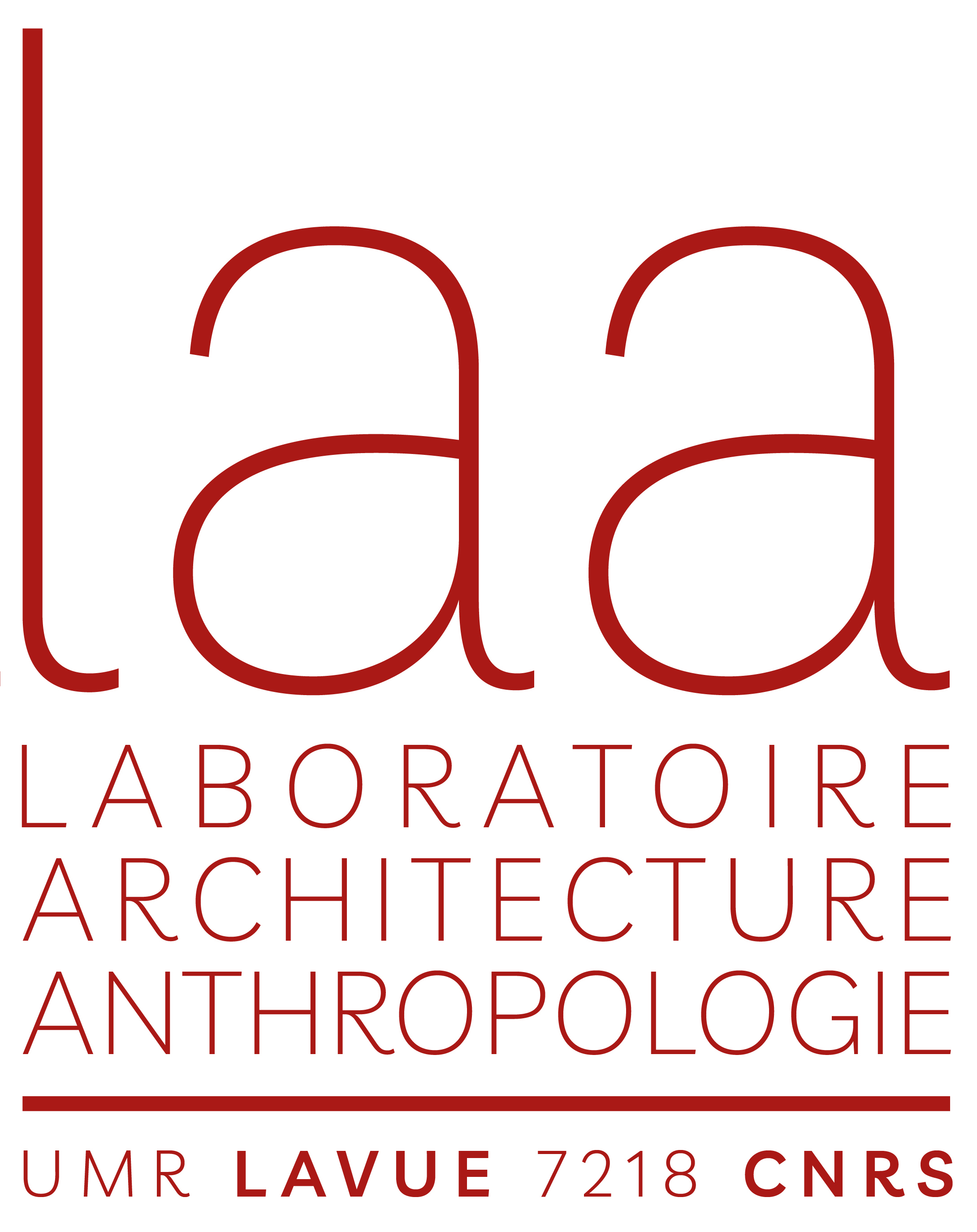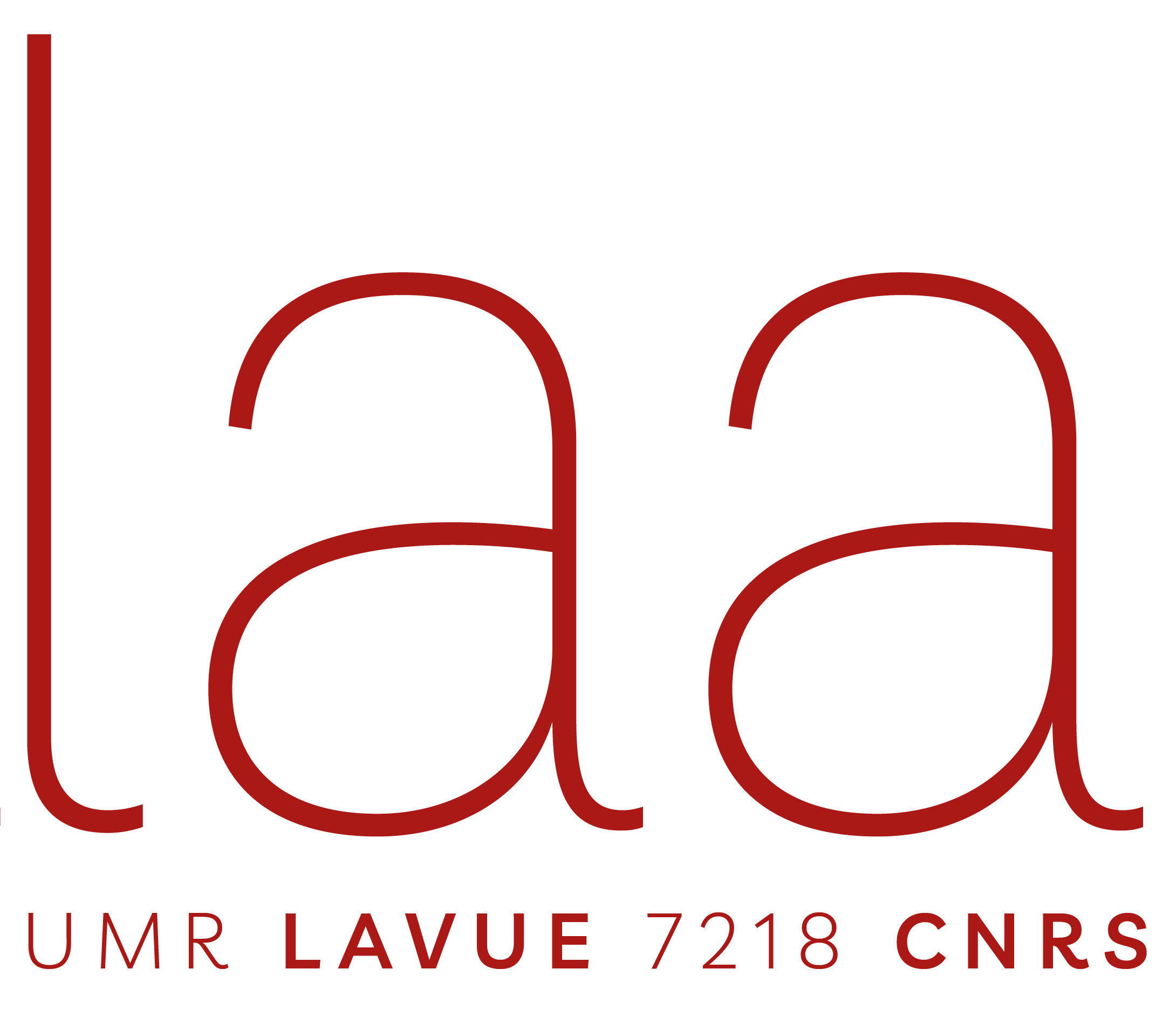
Résumé
Dans cet article, j’examine des traits urbains macro instruits par la coexistence entre Portugais et Chinois à Macao, ancienne possession de l’Outre-mer portugais retournée à la Chine en 1999, afin de réfléchir à la manière dont les contacts et rapports entretenus par ces populations ont été traduits sur la formation de l’espace matériel de la ville. À partir de l’analyse de sites historiques qui s’inscrivent de manière segmentée sur le tissu urbain constitué (la place du Leal Senado, les temples chinois), et d’architectures qui épousent savoir-faire et symbolisme portugais et chinois (l’Église Saint-Paul), j’interroge le rapport entre urbanisations et structures sociales sur l’histoire longue dans la production de cette localité. Le but de l’étude étant, finalement, de montrer que l’effet de la présence portugaise à Macao fait preuve d’une culture d’accommodements, qui participe à la production et à la sauvegarde d’un patrimoine unique au monde.
— -
Abstract
In this article, I examine a number of macro urban traits emerging from the coexistence of Portuguese and Chinese in Macau, former Portuguese overseas possession returned to China in 1999, aiming to analyse how the contacts and relations between these populations have been translated into the formation of the city’s material space. Analysing historical sites inscribed in a fragmented fashion within Macau’s extant urban fabric (the Leal Senado Square, the Chinese temples), and architectural designs that marry Portuguese and Chinese know-how and symbolism (the Church of Saint-Paul), I question the relationship between urbanisations and social structures of the long-term in the production of place. The aim of this study being, ultimately, to show that the Portuguese presence’s outcome in Macau reveals a culture of accommodations, further involved with the production and conservation of a unique world heritage.

